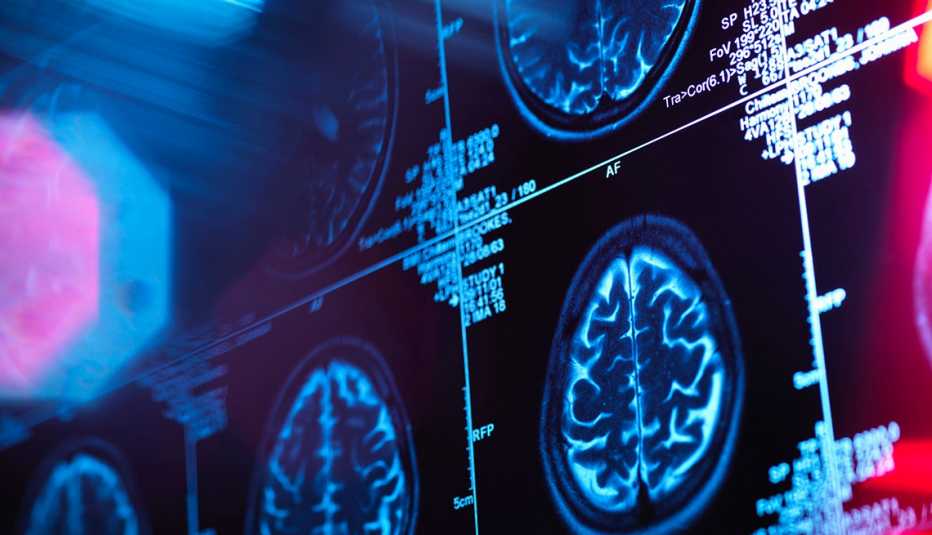Researchers plan to begin the next phase of the trial this year, looking at focused ultrasound in combination with lecanemab, a newer and more effective anti-amyloid medication that received FDA approval in the summer of 2023.
In an accompanying editorial, researcher Kullervo Hynynen writes that “additional studies are needed to establish long-term safety and efficacy, and cost-effective treatment devices that are not reliant on online MRI guidance must be developed for broader accessibility.” Still, he says, “the results spark optimism that this approach to treatment, together with agents that remove [amyloid], could eventually slow the progression of Alzheimer’s disease.”
Lifestyle changes may reduce Alzheimer’s risk
Research isn’t just focused on treatments. We’re learning more about how everyday habits may help reduce dementia risks. Here are 10 behaviors that could be a boon for the brain:
- Regular physical exercise
- A heart-healthy diet
- Strong social connections
- Controlling high blood pressure
- Not smoking
- Getting plenty of sleep
- Staying mentally active
- Treating hearing problems
- Taking care of your mental health
- Managing your blood sugar
Source: U.S. Department of Health and Human Services
How it works: Punching “little holes” in the barrier
First, it’s helpful to know that focused ultrasound isn’t new to medicine. It’s already used to treat symptoms of other neurodegenerative conditions, like essential tremor and Parkinson’s disease. The experimental technique that’s being explored in clinical trials for Alzheimer’s, however, is different. (It’s also different from the more routine ultrasound procedures that let expecting parents peek at their developing babies or that allow doctors to see the pumping action of the heart.)
The high-tech helmet at the center of the Alzheimer’s research is attached to an MRI and contains more than 1,000 probes that emit low-intensity ultrasound waves at specific targeted areas of the brain. The patient’s head goes into the helmet, then microscopic bubbles get injected into their bloodstream. These bubbles, which are used in other imaging procedures, look like a relatively clear fluid, Kaplitt says, and can’t be felt by the patient.
When the tiny bubbles meet the energy from the ultrasound, they start to bounce around in that specific spot “and literally punch holes in this blood-brain barrier,” Kaplitt explains, causing it to open at the target without disturbing other areas of the brain. Within 24 hours, the barrier is closed again. So far, no adverse events have been reported among the patients who have undergone this procedure since the research began a few years ago.
“I think the most important thing that we’ve been showing is that this seems to be very safe and well tolerated,” Kaplitt says.
Fitting into the future of medicine
Rezai and Kaplitt aren’t the only researchers pursuing focused ultrasound for Alzheimer’s treatment. A handful of other U.S.-based institutions are studying the approach, as are Canadian researchers. At the same time, scientists are looking at a myriad of technologies, targets and therapies that could potentially hold the answer — or at least part of one — to treating Alzheimer’s.
“It’s likely going to be a combination of treatments that will ultimately be effective at staving off some of the cognitive impairment of aging,” the Mayo Clinic’s Petersen says.
It’s not clear whether ultrasound will fit into that mix, but Rezai is optimistic that it will play a role in how we treat brain diseases in the future. “It opens up a whole new set of opportunities for us as physicians and scientists to explore — not only for Alzheimer’s but for other neurological conditions,” he says.
Editor’s note: The story, first published March 7, 2022, has been updated to include new research.





































































